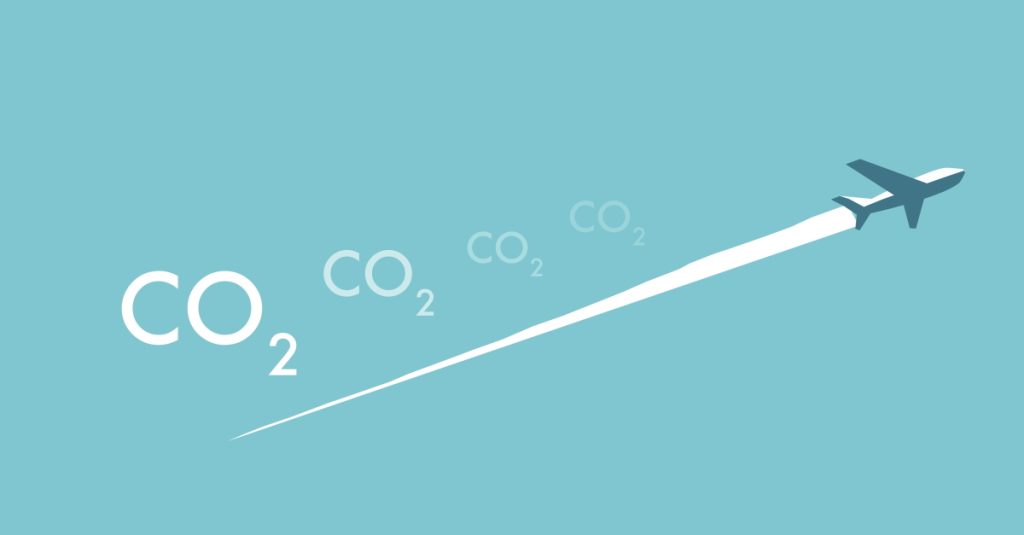The future of aviation relies heavily on sustainable practices. As the industry embarks on a difficult journey towards decarbonisation, both financial and technological hurdles loom large.
Decarbonisation Costs and Consumer Impact
The aviation industry faces substantial challenges in its journey towards sustainable aviation. Andy Jefferson, a consultant for the Sustainable Aviation industry coalition, highlights the “pain of delivery” required for decarbonisation. With rising costs, these financial burdens are inevitably passed on to consumers. The process, despite having a structured plan, requires immense effort and investment from all stakeholders involved. Such an endeavour, though essential, could potentially limit the growth of travel if not handled effectively.
Technological Advances and Strategic Measures
The industry is looking at a range of measures to tackle these challenges. These include more efficient flying techniques, modernising airspace, upgrading fleets, and the use of sustainable aviation fuel (SAF). From the mid-2030s onwards, new technologies such as hydrogen, electric engines, and e-fuels are projected to emerge. However, these innovations come with a hefty price tag. An Iata study estimates the cost of decarbonising aviation at $5 trillion globally, with EU estimates at €2 trillion in Europe. The question remains: how can the industry secure this funding?
The pursuit of sustainability requires long-term investment strategies, which are at odds with the short-term financial cycles typically seen in the industry. As Jefferson points out, the journey to a decarbonised aviation sector spans 25 years, which contrasts starkly with the usual 12-month investment cycles. This mismatch creates significant hurdles, as the industry grapples with aligning financial planning with its long-term sustainability goals.
Infrastructure and Resource Challenges
Sustainable aviation ambitions face barriers that extend beyond financial aspects. Access to resources for SAF, infrastructure development for hydrogen supply, and implementation of carbon capture technology are vital components of this initiative. Each of these elements represents significant costs and logistical challenges.
The need for a coordinated approach is clear. Jefferson emphasises, “We need energy networks to decarbonise globally and for net-zero policies to support this effort worldwide.” The lack of alignment between energy, transport, and net-zero policies is a critical hindrance. Without global cooperation, the transition to sustainable aviation could be stalled significantly, affecting the feasibility and timeliness of achieving the industry’s ambitious goals.
Despite these obstacles, there is confidence within the industry that solutions can be found. Leveraging global collaboration and investing in the necessary infrastructure are pivotal steps forward. However, the scale of the challenge should not be underestimated, as these critical developments demand substantial financial and technological resources.
Investment Imperatives for Decarbonisation
Securing investments poses perhaps the most formidable challenge in achieving decarbonisation targets. Long-term financial commitment is essential to realise the industry’s objectives. Jefferson highlights the potential financial impact, with only 14% of emissions reduction expected to come from reduced travel demand. This indicates that consumer behaviour alone cannot drive the desired change.
SAF, which is expected to account for less than 40% of the targeted emissions reductions, requires significant investments to lower costs and increase availability. Jefferson’s insights suggest that if investments aren’t aligned with technological advancements, the costs of flying could restrict travel accessibility for many.
Global Policy Alignment and Risks
Aviation industry leaders stress the necessity of globally aligned policies to overcome decarbonisation hurdles. The lack of synchronisation between international net-zero efforts and aviation policies poses risks to both environmental goals and the industry’s economic viability.
Without cohesive global action, the costs of decarbonisation could make air travel prohibitively expensive or severely limit its growth. To mitigate these risks, there must be a substantial push towards harmonised energy and transportation policies on a worldwide scale.
The stakes of inaction are high. A failure to deliver on decarbonisation commitments could either stifle industry growth or render flying an exclusive privilege due to high costs. Thus, ensuring investment in technology aligned with policy initiatives is crucial for a sustainable future.
Industry Confidence Amid Challenges
Despite the immense challenges, there is optimism within the aviation sector about overcoming these barriers. Jefferson points out that the industry has a history of innovation and resilience, stating, “One hundred years ago we didn’t exist. There is no limit to our ability to solve the problem.“
This enduring confidence underlies the sector’s commitment to innovation. By unlocking the necessary financial resources, technological solutions can be developed to meet emissions targets. The industry recognises the importance of adapting to consumer attitudes towards sustainable travel, which will play a critical role in its transformation.
Future Directions in Sustainable Aviation
The path forward demands unwavering collaboration and strategic investment. As airlines navigate these turbulent times, the focus remains firmly on unlocking financial resources and fostering technological innovations. The industry’s future hinges on its ability to integrate consumer expectations with robust sustainability initiatives.
Achieving these ambitious goals is no small feat. Yet, there is a collective assurance that with the right investments and policy support, sustainable aviation is within reach.
The road to sustainable aviation is complex and challenging. However, with coordinated global efforts and strategic investments, the industry can overcome these hurdles and achieve its decarbonisation goals.

